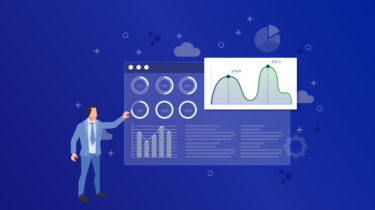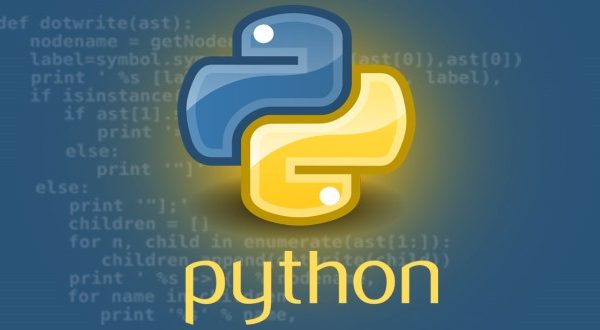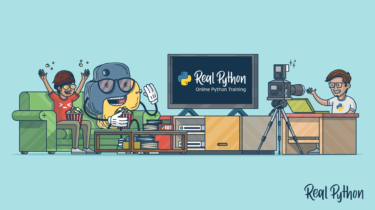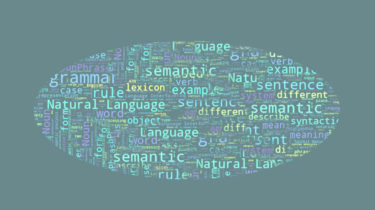Simple Genetic Algorithm From Scratch in Python
The genetic algorithm is a stochastic global optimization algorithm. It may be one of the most popular and widely known biologically inspired algorithms, along with artificial neural networks. The algorithm is a type of evolutionary algorithm and performs an optimization procedure inspired by the biological theory of evolution by means of natural selection with a binary representation and simple operators based on genetic recombination and genetic mutations. In this tutorial, you will discover the genetic algorithm optimization algorithm. After completing […]
Read more




